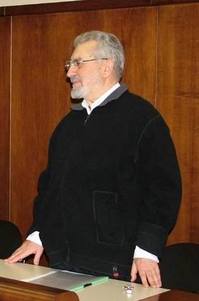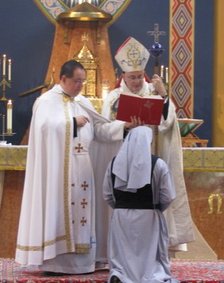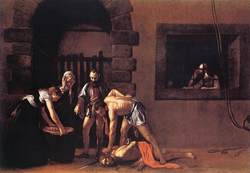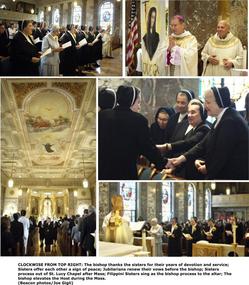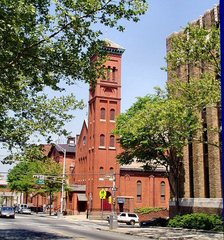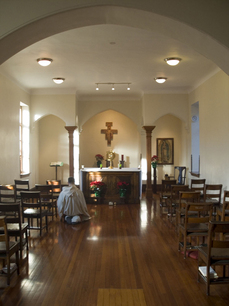The Pope held his annual Schülerkreis (Circle of Students) according to the Catholic press. It’s refreshing to me to know that the duties of being Supreme Pontiff don’t sidetrack the Pope from doing some important theological thinking.
CASTEL GANDOLFO, Italy, AUG. 31, 2008 (Zenit.org).- Benedict XVI is meeting with his former students to discuss the historical Christ and the Gospel account of the Passion, reports L’Osservatore Romano.
The Vatican newspaper reported that the meeting is taking place through Monday at Castel Gandolfo, where the Pope is spending the summer.
The meeting is an annual one that the Holy Father has had with 38 former students and doctoral candidates for more than 25 years. The group is called “Ratzinger Schülerkreis” (Ratzinger’s Circle of Students).
The colloquium is treating the figure of Jesus both in light of “Jesus of Nazareth,” published by Benedict XVI in 2007, and in view of the second volume that the Pope is currently writing.
Two Protestant biblical scholars were invited to this year’s colloquium: Martin Hengel and Peter Stuhlmacher. The two presented papers, and then a discussion was held.
Martin Hengel’s paper dealt with the historicity of the figure of Jesus, and Peter Stuhlmacher reflected of the passion and death of Jesus.
The two exegetes — both professors at the University of Tübingen, where Ratzinger taught in the 1960s — offered suggestive themes for discussion, but will not enter into an exploration of the Pontiff’s work.
Hengel, an historian and exegete, is not new to this gathering. In the 1990s he participated in a meeting and spoke on the figure of Peter in the Gospel of Mark.
Cardinal Christoph Schönborn, the archbishop of Vienna, and Auxiliary Bishop Hans-Jochen Jaschke of Hamburg, are also participating in the meeting.
Father Stephan Horn, 72, a German priest of the Society of the Divine Savior, heads the “Schülerkreis” and organized the meeting.
